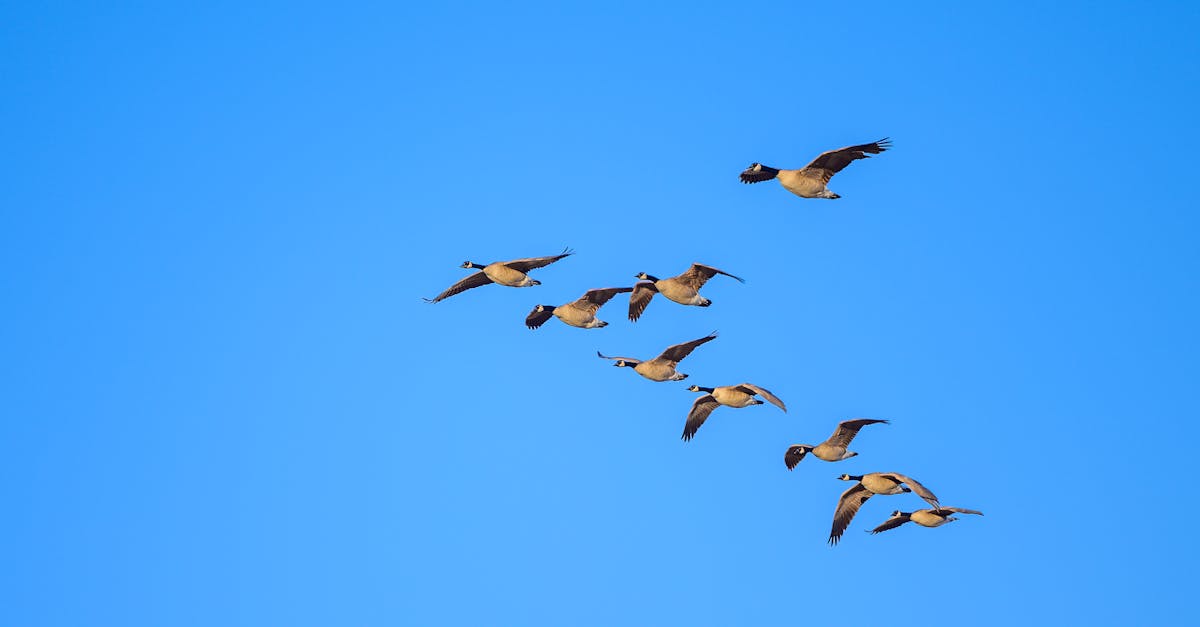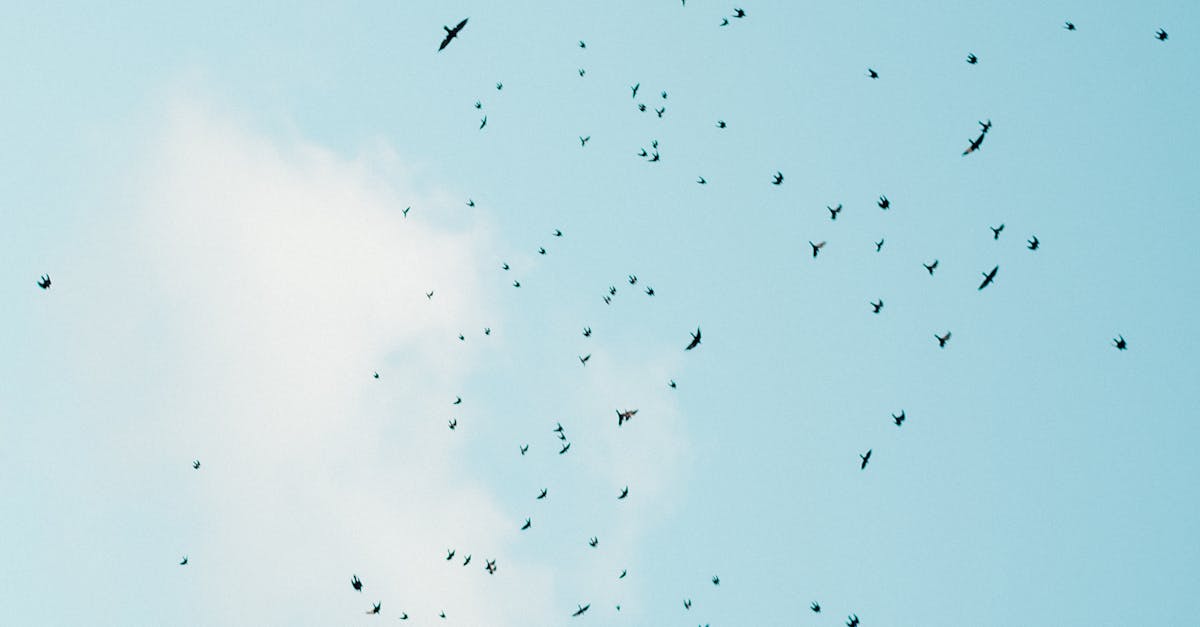# 10 Fascinating Reasons Why Birds Fly South for the Winter
As winter approaches, many of us observe a remarkable phenomenon: flocks of birds taking to the skies and heading south. This behavior, known as migration, is not merely instinctual; it is a complex process influenced by various factors. In this article, we will explore ten fascinating reasons why birds migrate south for the winter, shedding light on this captivating aspect of avian life.
| Reason | Description |
|---|---|
| Food Availability | Birds migrate to find more abundant food sources. |
| Climate | Warmer temperatures in the south create a more hospitable environment. |
| Breeding Grounds | Some birds migrate to find ideal breeding locations. |
| Predation | Migration helps avoid areas with high predator populations. |
| Daylight Hours | Longer daylight hours in southern regions support foraging. |
| Weather Patterns | Birds migrate to escape harsh winter weather. |
| Genetic Instinct | Innate migration patterns passed down through generations. |
| Habitat Loss | Migration helps birds adapt to changing habitats. |
| Social Behavior | Flocking provides safety in numbers during migration. |
| Navigation Skills | Birds possess remarkable navigation abilities. |
Food Availability
One of the primary reasons birds fly south for the winter is the quest for food. In colder climates, insects, fruits, and seeds become scarce, making survival challenging. By migrating south, birds can access more abundant food sources, ensuring they have enough energy to thrive during the winter months. This search for sustenance is crucial for their survival and overall health.

Climate
Birds are sensitive to temperature changes, and as winter approaches, colder regions become inhospitable. The milder temperatures found in southern regions provide a more comfortable environment for birds. This climate shift not only facilitates easier foraging but also reduces the energy expenditure required to maintain body temperature, making survival more feasible.

Breeding Grounds
Many bird species migrate to specific locations that offer ideal breeding conditions. These areas often have the right mix of food availability, nesting sites, and safety from predators. By migrating, birds can ensure that they have the best chances of raising healthy offspring, which is vital for the continuation of their species.

Predation
Migration can also be a strategy to avoid high predation rates. In some regions, the density of predators increases during the winter months, posing a significant threat to birds. By moving south, birds can escape these dangers and find safer environments where they can forage and rest without the constant threat of predation.

Daylight Hours
Longer daylight hours in southern regions during the winter months allow birds to forage more effectively. Increased daylight provides more opportunities to find food, which is crucial for maintaining energy levels during migration and throughout the winter. Birds have adapted their migration patterns to take advantage of these extended daylight hours.

Weather Patterns
Harsh winter weather can be detrimental to birds, making migration a necessary strategy for survival. By migrating south, birds can avoid extreme cold, snow, and ice, which can limit their ability to find food and shelter. This migration helps them stay in environments where they can thrive rather than suffer through the harsh conditions of northern winters.

Genetic Instinct
Migration is often guided by innate genetic instincts that dictate when and where birds should migrate. These patterns are passed down through generations, ensuring that young birds know when to leave and where to go. This instinctual behavior is a remarkable example of how evolution has shaped the survival strategies of many bird species.

Habitat Loss
As habitats change due to climate change and human activity, some birds have adapted by migrating to new areas that offer better resources. This flexibility allows them to survive in a world that is constantly changing. Migration can be a response to habitat loss, ensuring that birds can find the environments they need to thrive.

Social Behavior
Many birds migrate in flocks, which provides safety in numbers. This social behavior not only helps protect individual birds from predators but also makes navigation easier as they can rely on the experience of others in the group. The social aspect of migration enhances the chances of survival for many species.

Navigation Skills
Birds possess remarkable navigation skills that enable them to travel vast distances during migration. They use a combination of environmental cues, such as the position of the sun, stars, and the Earth’s magnetic field, to find their way. This incredible ability is a testament to the adaptability and intelligence of birds, allowing them to undertake long journeys with precision.

FAQ
Why do some birds not migrate south for the winter?
Many birds do not migrate because they have adapted to survive in their local environments year-round. They may find sufficient food sources, have suitable nesting sites, or possess physical adaptations that allow them to withstand cold temperatures. Some species are also resident birds, meaning they stay in the same area throughout the year.
How do birds know when to migrate?
Birds rely on environmental cues, such as changes in temperature, daylight hours, and food availability, to determine when to migrate. These cues trigger hormonal changes that prompt the birds to begin their journey south.
What dangers do birds face during migration?
During migration, birds face several dangers, including extreme weather conditions, lack of food, predation, and human-related threats such as habitat loss and collisions with buildings or vehicles. These challenges make migration a risky but necessary endeavor for many species.
How far do birds migrate?
The distance birds migrate varies greatly by species. Some birds may only travel a few hundred miles, while others, like the Arctic Tern, can migrate thousands of miles between their breeding and wintering grounds.
References:
– [US Fish and Wildlife Service](https://www.fws.gov)
– [Cornell Lab of Ornithology](https://www.birds.cornell.edu)
– [National Audubon Society](https://www.audubon.org)
